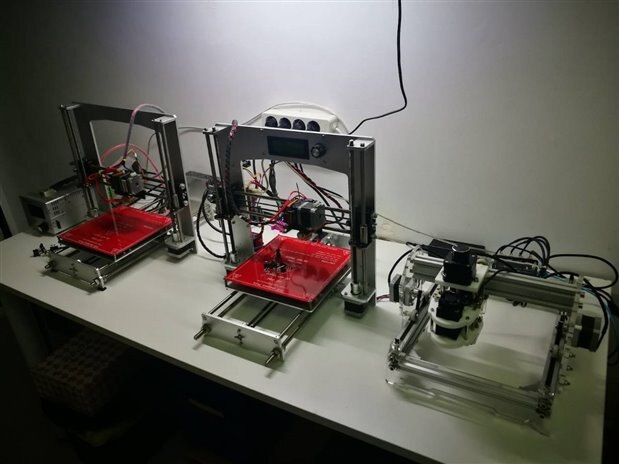Has anybody had any issues with PLA going brittle? At work we have a CEL Robox and I've noticed that some white PLA filament that was on the end of a spool and lying around for several months has gone brittle and snaps easily. New filament is much more bendy.
We have a windowless office so it has only seen fluorescent light, so I guess that it's to do with moisture in the air. We keep current filament in ziplock bags with silica gel packs.
I know that PLA is supposed to be bio degradable so maybe it's just degrading? I'm wondering if the same will happen to finished parts? I'm planning to print out some test strips and test them over time, but wondered if anybody has any good info on this and point to a good online resource. I'll also be having a look on the CEL site for info.
I suppose this is possibly another reason for using ABS on my REP RAP bodge-o-matic printer at home! I thought I'd get away with PLA if it wasn't too hot.
Dan.




